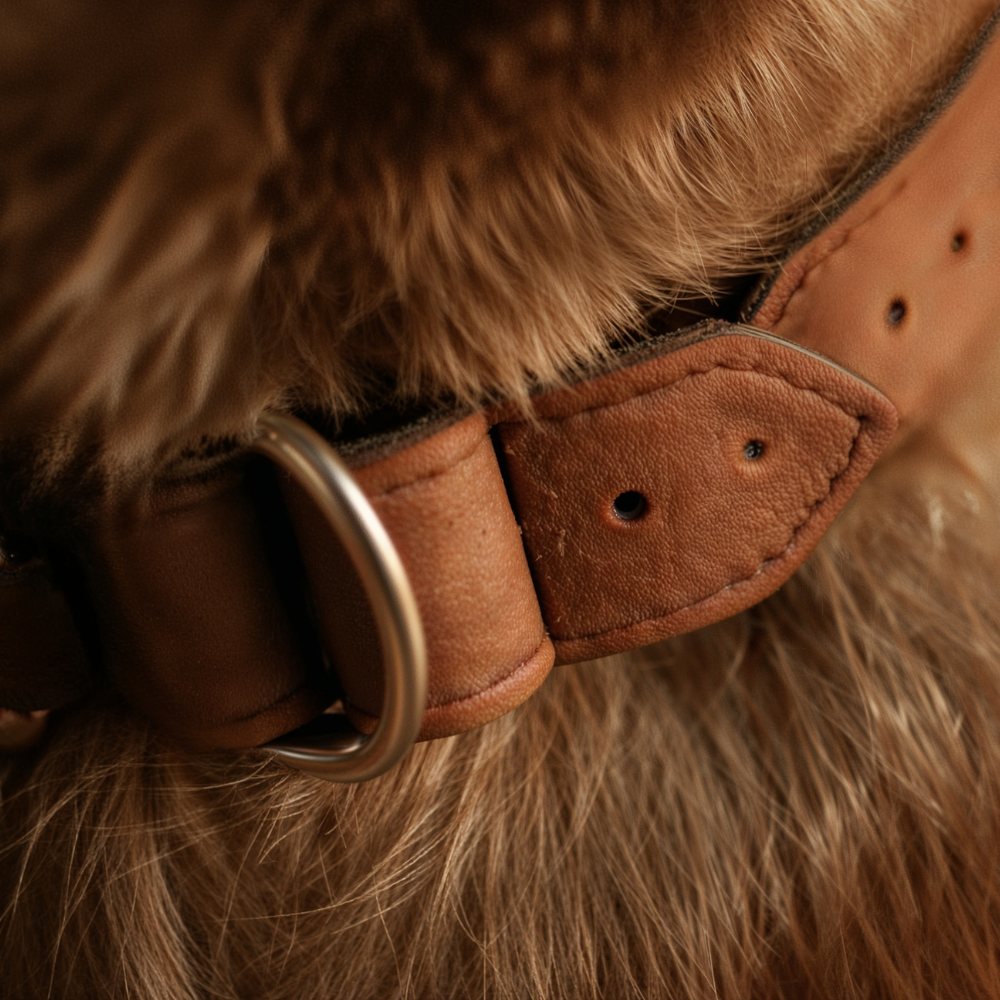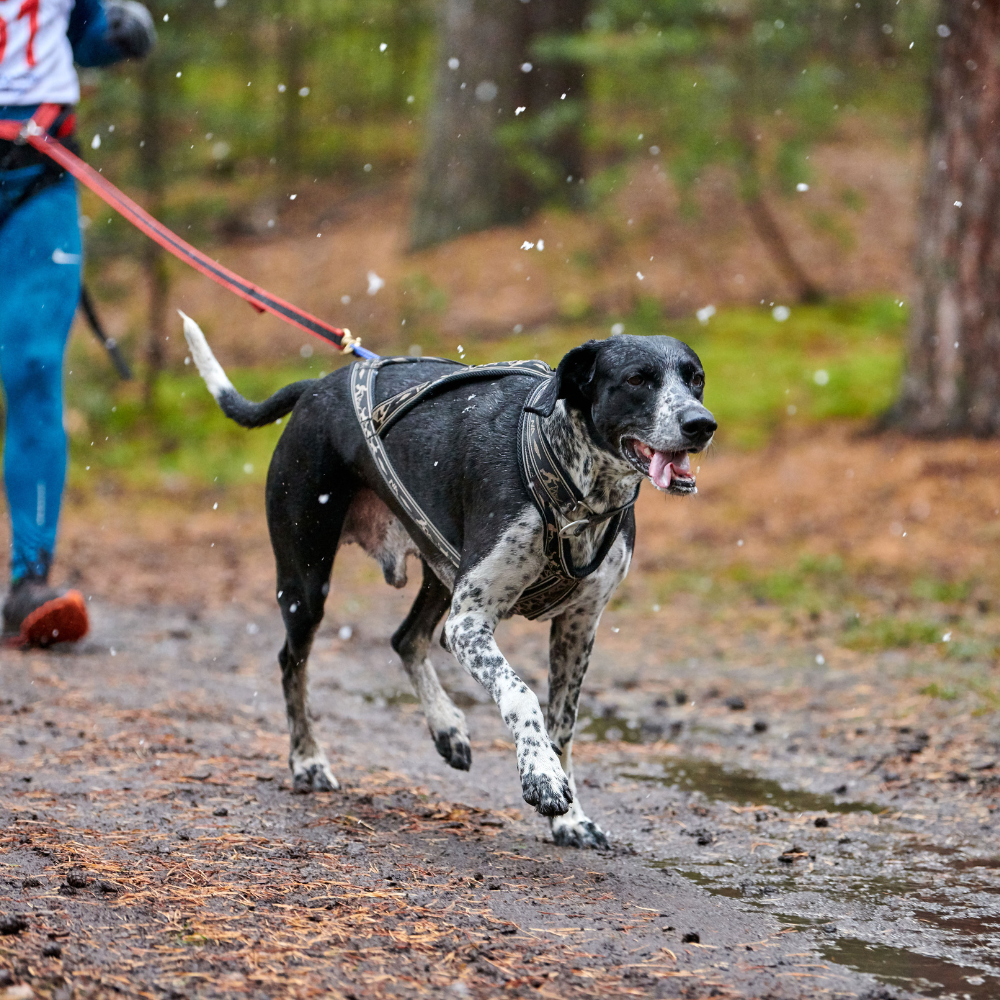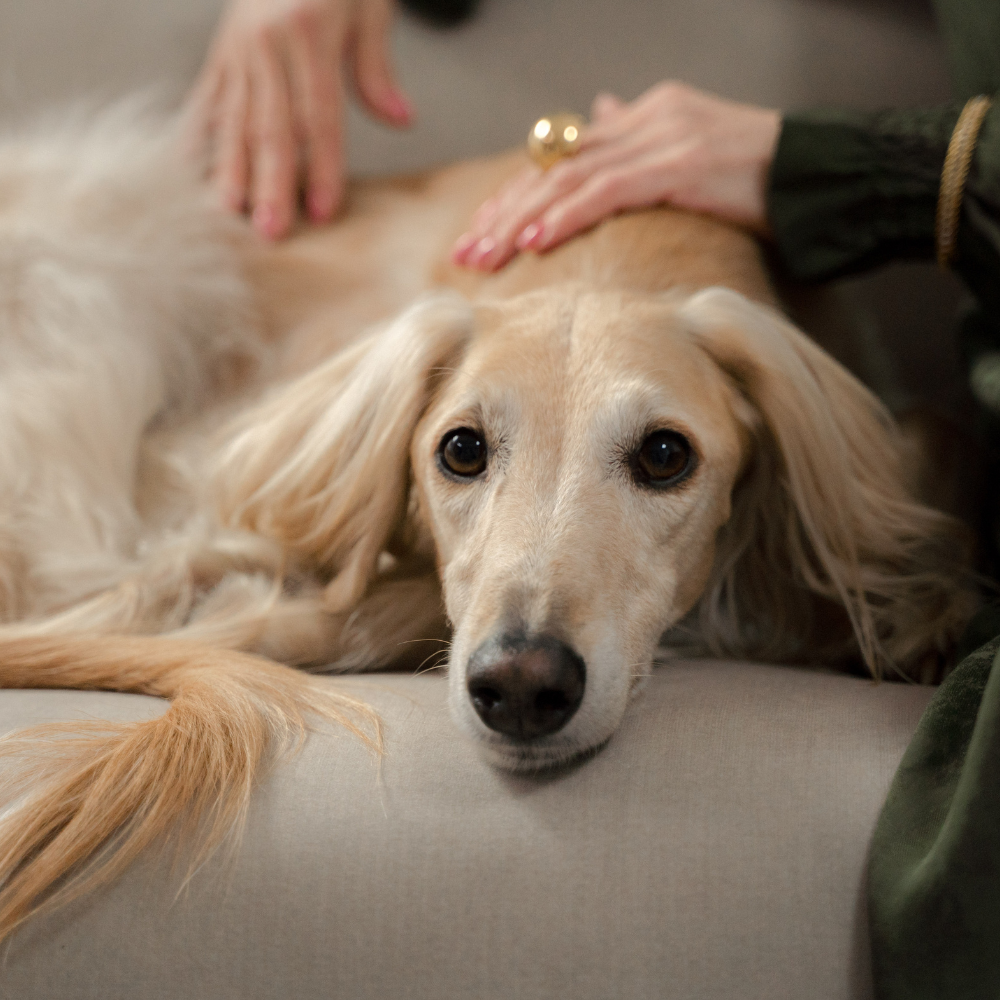What Dog Training Collar Is Best?
Choosing the right training collar isn’t just about looks. It’s about safety, control, and comfort for both you and your dog. Whether you have a medium or large breed, the challenges of pulling, escape risk, and comfort are real.
A collar that’s too loose can slip off. One that’s too tight can cause rubbing or injury. And the wrong design can even encourage pulling instead of stopping it.
At SLEDLINE, our gear is forged from sled, mountain, and working breed heritage, built for medium to large dog breeds. While our collars are still in development, our dog leads for medium to large dogs already deliver the control, feedback, and reliability serious dog owners need.
Let’s break down what makes a good training collar, how it should fit, and how pairing it with the right lead can make all the difference.
Why the Right Collar and Lead Combination Matters
When your dog pulls with real strength, your setup needs to:
- Withstand heavy tension without breaking
- Prevent escape attempts
- Protect your dog’s neck and skin
- Give you reliable control for safe, effective training
The right collar helps guide your dog, but it’s your lead that transfers that control safely into your hands. That’s where SLEDLINE comes in.
Types of Training Collars (and What Works Best)
Flat Collars
- Simple and common
- Fine for calm dogs, not for training pullers
Martingale Collars
- Tighten slightly under tension to prevent escape
- Safer than choke chains since they limit tightening
- Excellent for slippery-coated or thick-necked breeds
SLEDLINE tip: Pair a martingale-style collar with a SLEDLINE dog lead for better grip and feedback during walks.
Head Halters
- Guide head direction, where the head goes the body follows
- Effective for strong pullers but may need training to adjust
Collars vs Harnesses: Which Should You Use?
Harnesses distribute pressure across the chest but can sometimes make pulling worse if not fitted correctly.
Collars give more direct control, especially when paired with a strong, fixed-length dog lead that allows clear feedback.
Many owners use collars for control and hands-free or harness setups for running or outdoor adventures, both can work when combined with strong lead handling.
Recommended SLEDLINE Gear
Our collars are currently in production, but our dog leads for medium to large dogs are already built for serious control and reliability:
- Control Line Core – Lightweight biothane, perfect for daily walks and training medium to large dogs
- Control Line Pro – Enhanced grip and feedback for stronger pullers
- Heritage Line – Rope construction, built for tough terrain and wet conditions
- Heritage Hands Free – Combines both lead and handsfree extension for freedom when you need it
Every piece is handmade in the UK using tested rope, biothane, and reinforced hardware, true to our sled, mountain, and working breed heritage, built for medium to large dog breeds.
How to Fit and Use a Training Collar Correctly
A collar’s fit determines its effectiveness. Here’s how to get it right:
- Two-finger rule: You should be able to slide two fingers between the collar and your dog’s neck
- Positioning: For martingale-style collars, place it high on the neck for best control
- Sizing: Choose widths that suit your dog’s size, wider collars spread pressure better
Too loose → escape risk
Too tight → discomfort or chafing
Pair it with a durable, non-retractable lead for steady feedback and control.
Common Mistakes Dog Owners Make
- Using retractable leads – they reward pulling and remove feedback
- Using bungee leads – they absorb your corrections, reducing control
- Relying on gear alone – equipment helps, but consistent training is key
- Ignoring fit and placement – even the strongest collar fails if it’s not positioned correctly
SLEDLINE’s Approach
We don’t make everyday pet accessories. We make gear built for control, endurance, and safety, forged from sled, mountain, and working breed heritage, built for medium to large dog breeds.
- Hardware load ratings: Carabiners tested up to 4kN (around 400kg)
- Durable rope and biothane: Weather resistant and made to last
- Handmade in the UK: Precision built for medium and large dogs that pull with power
Our goal is simple: give dog owners the tools to stay in control while keeping their dogs safe and comfortable.
FAQs About Dog Training Collars
Q: What’s the safest collar for strong pulling dogs?
A: A martingale-style collar offers safety and control without choking. Pair it with a SLEDLINE dog lead for steady, reliable feedback.
Q: Are harnesses or collars better?
A: Harnesses are great for pulling sports like canicross. For daily walks and control, use a well-fitted collar with a strong, fixed lead.
Q: How tight should a collar be?
A: Snug, but not restrictive. You should fit two fingers between the collar and neck.
Q: Do vibration or spray collars work?
A: They can help redirect attention but should support, not replace, proper training.
Q: Where is SLEDLINE gear made?
A: All SLEDLINE leads are handmade in the UK using heavy-duty rope, biothane, and climbing-grade hardware.
Q: Can SLEDLINE gear help with pulling?
A: No lead stops pulling alone, training does. But SLEDLINE’s designs maximise grip and control, helping your training work faster and safer.
Final Word
So, what dog training collar is best? The answer depends on your dog, but for most medium and large breeds, a martingale-style collar paired with a fixed-length, high-grip lead provides the best balance of safety, control, and comfort.
That’s exactly why SLEDLINE exists – to build gear for dogs that pull hardest, forged from sled, mountain, and working breed heritage, built for medium to large dog breeds.




